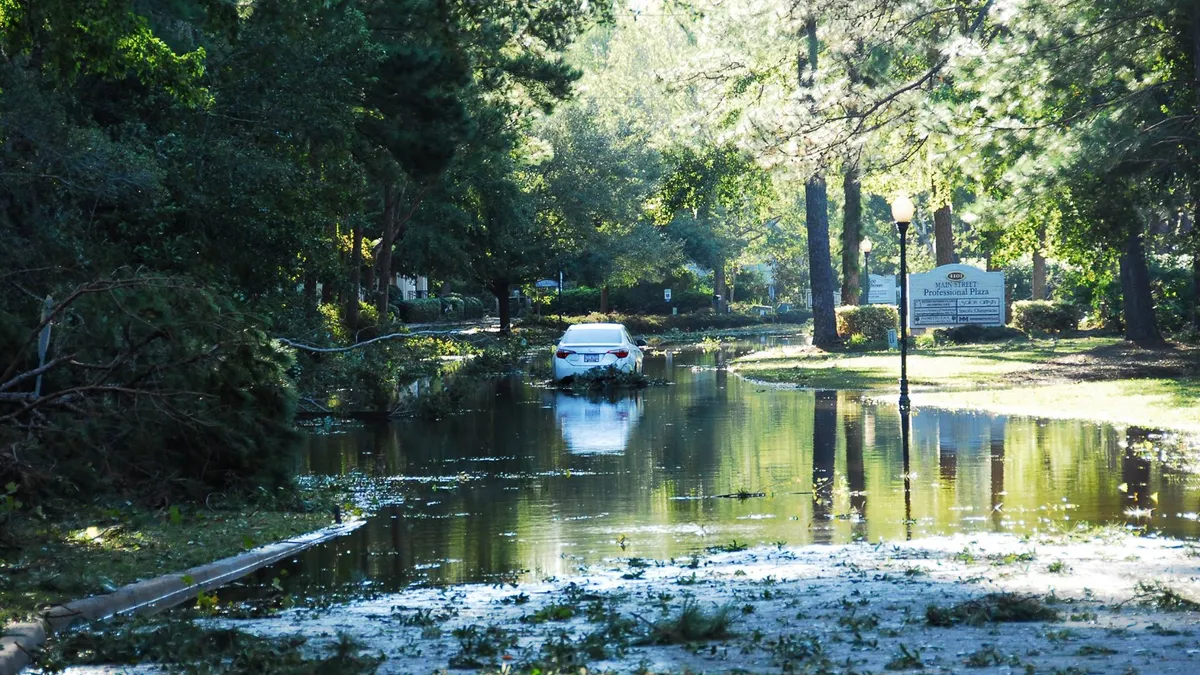Dive Brief:
-
In an opinion piece in Builder, National Association of Home Builders Chairman Ed Brady criticized a proposal by the U.S. Department of Housing and Urban Development to raise elevation standards for new and significantly renovated Federal Housing Administration-backed multifamily construction in an expanded flood zone amid concerns it could increase costs and prevent new affordable housing projects from being built.
-
Brady argued that HUD is overstepping by including properties seeking FHA mortgage insurance as well as new and significantly renovated single-family construction in legislation’s scope, calling the proposal “bad policy and bad governance.”
- He also said HUD’s suggestion to use Google Earth to determine whether a property is within the new Federal Flood Risk Management Standard floodplain could result in “inaccuracies, delays, and increased project costs.”
Dive Insight:
Under the proposed FFRMS rules, new and substantially rehabilitated Federal Housing Association-financed multifamily homes situated within an expanded flood plain must be elevated 2 feet above the 100-year base floodplain.
The rules, which were outlined this summer and are currently in a comment period ending Dec. 27, followed calls to revamp flood-protection standards for federally funded projects in response to recent powerful storms that have wreaked havoc in certain areas of the country.
Hurricane Sandy, for example, damaged or destroyed nearly 800 commercial and residential buildings in New York and an estimated 350,000 homes in New Jersey when it hit the East Coast in the fall of 2012.
The NAHB and other groups and individuals critical of the proposed changes have argued that the rules conflict with those of other federal agencies and may cause confusion among builders.
Brady noted that although the industry is supportive of greater flood protection in vulnerable areas, the new rules will likely drive up construction costs.
For more housing news, sign up for our daily residential construction newsletter.













